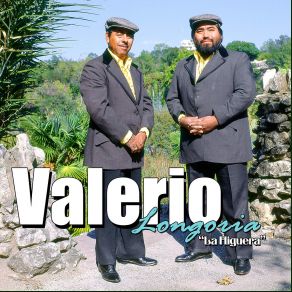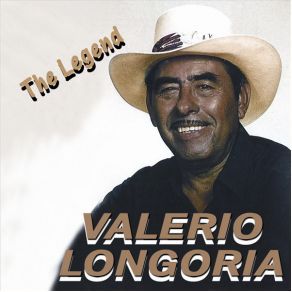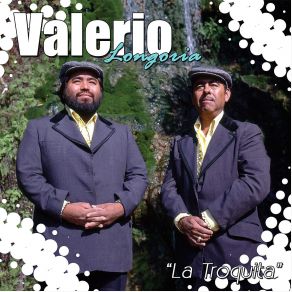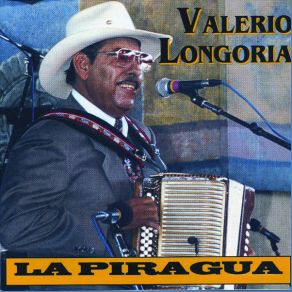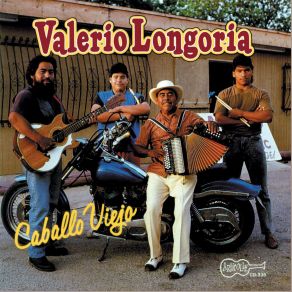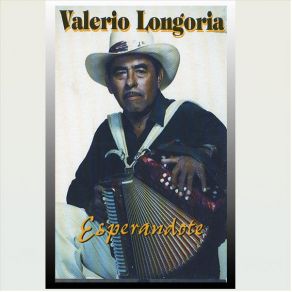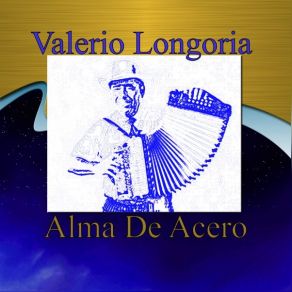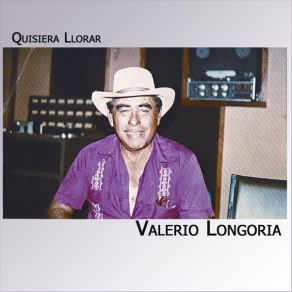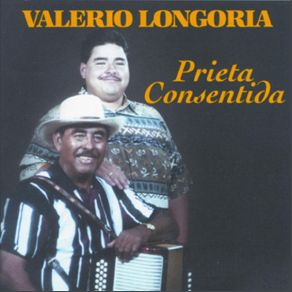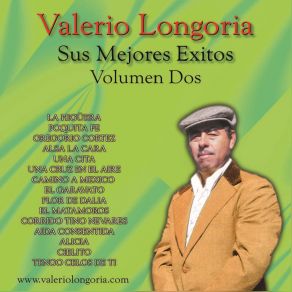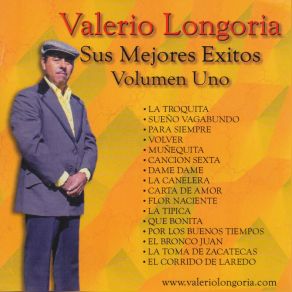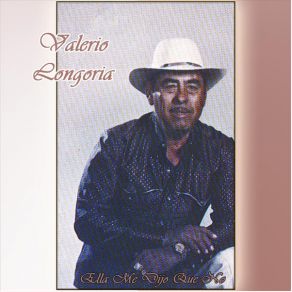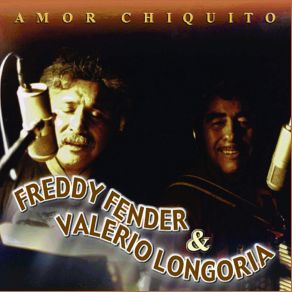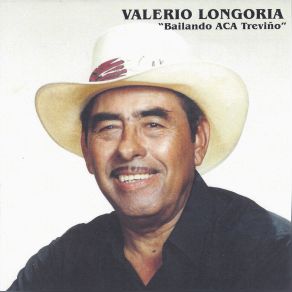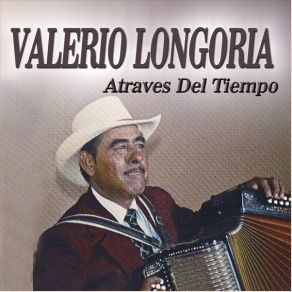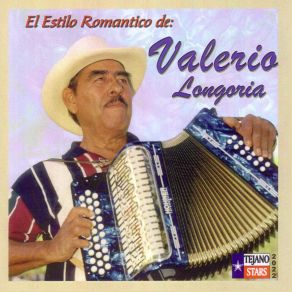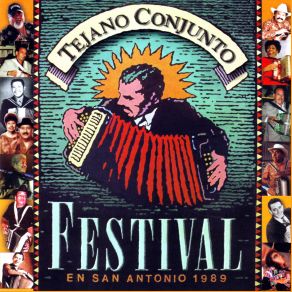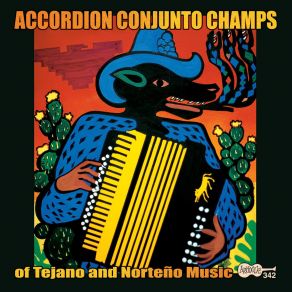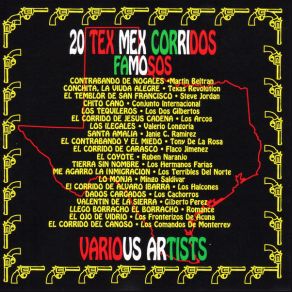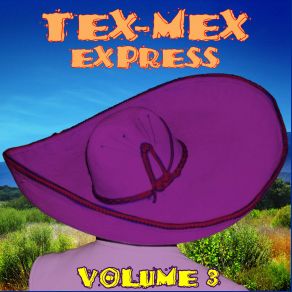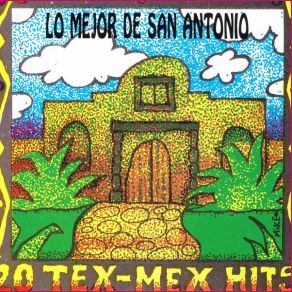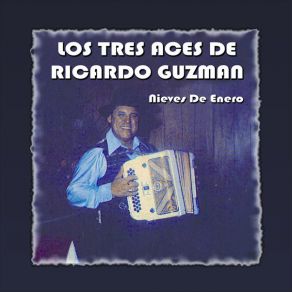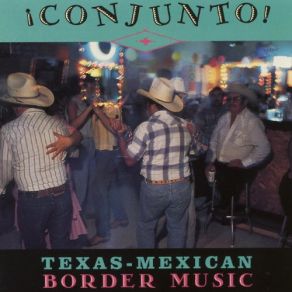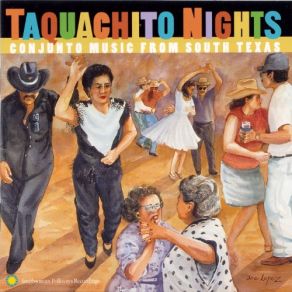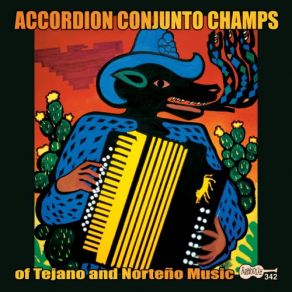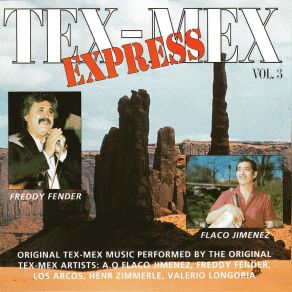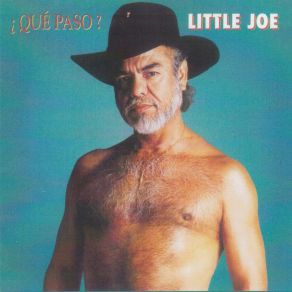Valerio Longoria
Wikimp3 information about the music of Valerio Longoria. On our website we have 25 albums and 25 collections of artist Valerio Longoria. You can find useful information and download songs of this artist. We also know that Valerio Longoria represents Latin genres.
Biography
[Edit]The Longoria family dynasty in Tex-Mex music begins in the 1920s in a Mississippi cotton field, with no one in the large family of Valerio Longoria Sr. aware that a master musician was growing up in their midst. He spent his childhood in the small towns of Ramondsville and Kenedy, TX, heading off as a child to work in the fields, grinding toil whether it be an Arkansas cotton field or a Texas orange grove. He first learned to play guitar and harmonica before picking up the accordion at the age of seven. He was largely influenced by the early-Tejano styles of Narciso Martinez but developed into the first of what would be collectively known as the nueva generación (new generation) responsible for the so-called classic stage of the Tex-Mex conjunto. Longoria got into the performing habit early and sustained a music career for more than 60 years. He made his first recordings at the age of 21. After the second World War, where he had kept up his chops by borrowing accordions in German, he moved to San Antonio where he found a happening music scene and began recording for Corona in 1947. Since then he has cut more than 200 sides released on a variety of labels, but his projects for Ideal present his most innovative takes on conjunto music. One of his biggest influences on the music was just a question of posture: it was largely Longoria that got accordion players used to the idea of standing up onstage. In addition, Longoria was the first performer to sing while playing the accordion as well as to include modern dance trap drums in the traditional conjunto ensemble. When he expanded to a drum set from a simple snare and folded in bass guitar it was the eggs in the flan of conjunto, so to speak. Longoria expanded the conjunto's repertoire by adding genres, such as the romantic Cuban-Mexican bolero. In a sense these additional styles made the ensemble more sophisticated, "jaitón" or hightoned. As a result, the previously lower-class conjunto came off the cantina bandstand a more respectable type of music. Longoria's self-taught ability to repair his own instrument gave him an incredible ability to manipulate unique sounds from his instrument, making him something like the Les Paul of the accordion. He could alter reeds on the accordion in order to make it vibrate, creating an completely new sound. He revolutionized the sound of the button accordion forever by simply tuning one of the reeds an octave lower. As a vocalist he popularized the "cancion ranchera" with his smooth style. His first recording in the cancion ranchera genre was the 1947 "El Rosalito," which became a classic in the conjunto repertoire, one of the most recorded songs in the history of the genre. In 1982, Longoria he was inducted into the Tejano Conjunto Hall of Fame and in 1986, he was awarded the National Heritage Fellowship Award. In 1988 he teamed up with Freddy Fender, resulting in the smash hit "Amor Chiquito." Longoria was also a master accordion instructor at the Guadalupe Cultural Arts Center in San Antonio for more than 19 years with hundreds of students. He appeared in the 1997 film Selena. Valerio Longoria Jr. has worked with his father's bands and is also a musical artist in his own right.
Title: Sus Mejores Éxitos, Vol. 2 / Sus Mejores Exitos, Vol. 2
Artist: Valerio Longoria
Genre: Latin
Title: Tejaño Roots: Texas Conjunto Pioneer / Tejano Roots: Texas Conjunto Pioneer
Artist: Valerio Longoria
Genre: Latin
Collections
Title: Corridos Calientes Vol. 2
Genre: Latin
Title: Conjunto! Texas-Mexican Border Music, Vol. 5
Genre: World Music, Latin
Title: Taquachito Nights: Conjunto Music from South Texas
Genre: Latin
Title: 25 Tejano Country Hits
Genre: Latin
Title: Accordion Conjunto Classics, Vol. 1
Genre: Latin
Title: South Texas Polka Party!
Genre: Latin
Title: Conjunto! - Texas-Mexican Border Music, Vol. 2
Genre: Latin
Title: Tex-Mex Express, Volume 5
Genre: World Music, Latin
Title: Tex-Mex Express, Volume 2
Genre: World Music, Latin
Title: 16 Tex Mex Country Gold Hits
Genre: Latin
Title: Tejano Conjunto Festival En San Antonio 1989
Genre: Latin
Title: Accordion Conjunto Champs
Genre: Latin
Title: 20 Tex Mex Corridos Famosos
Genre: Latin
Title: Tex-Mex Express, Volume 1
Genre: World Music, Latin
Title: 20 Classic Polkas
Genre: World Music, Latin
Title: Tex-Mex Express Vol. 1
Genre: Latin
Title: Tex-Mex Express, Volume 3
Genre: World Music, Latin
Title: Tex-Mex Express Vol.3
Genre: Latin
Title: 20 Tex Mex Hits De Conjunto
Genre: Latin
Title: South Of The Border - The Sound Of Tex Mex
Genre: Latin
Title: The Rough Guide To Tex - Mex
Genre: World Music
Featuring albums
Title: Conjunto! Texas-Mexican Border Music, V. 2
Artist: Various Artists
Genre: World Music, Latin, Pop
Title: Conjunto! Texas-Mexican Border Music, V. 5 -- Polkas de Oro
Artist: Various Artists
Genre: World Music, Latin
Title: Taquachito Nights: Conjunto Music from South Texas
Artist: Various Artists
Genre: World Music, Latin
